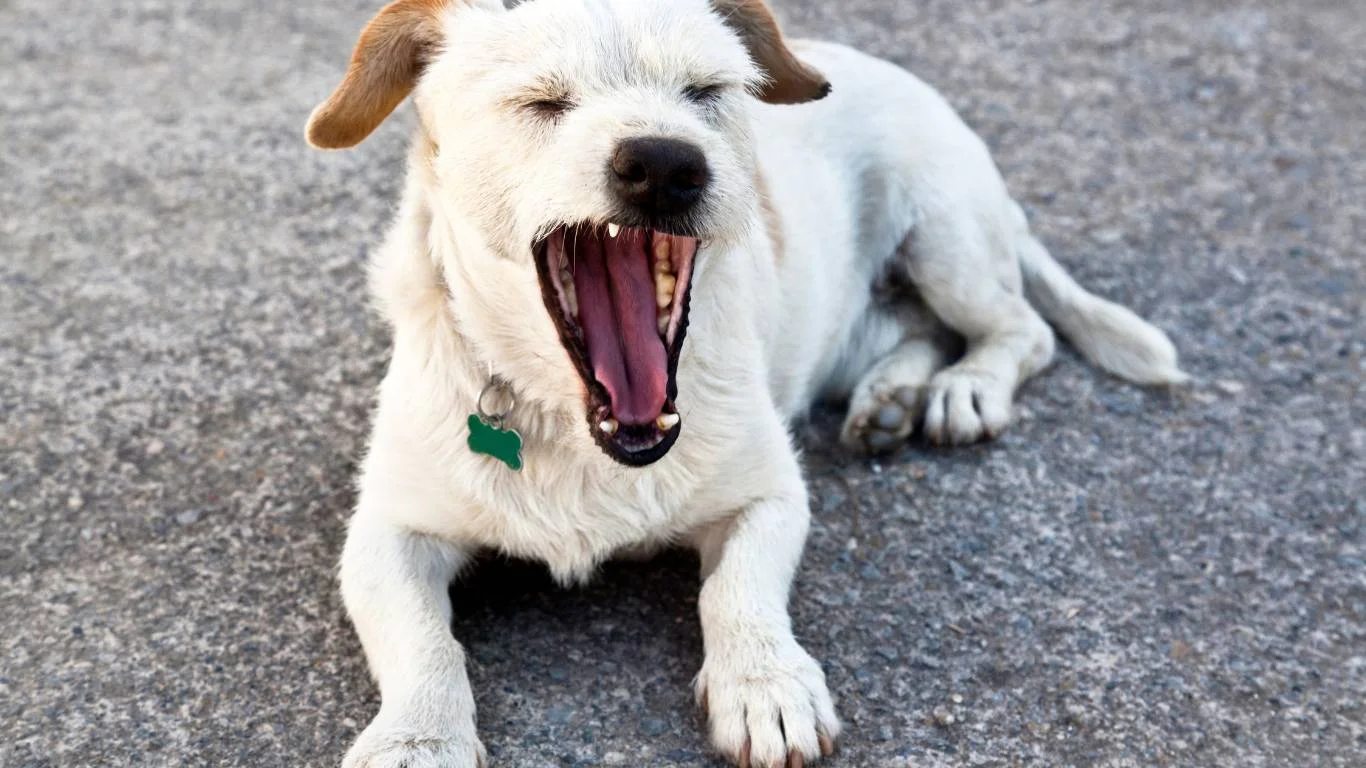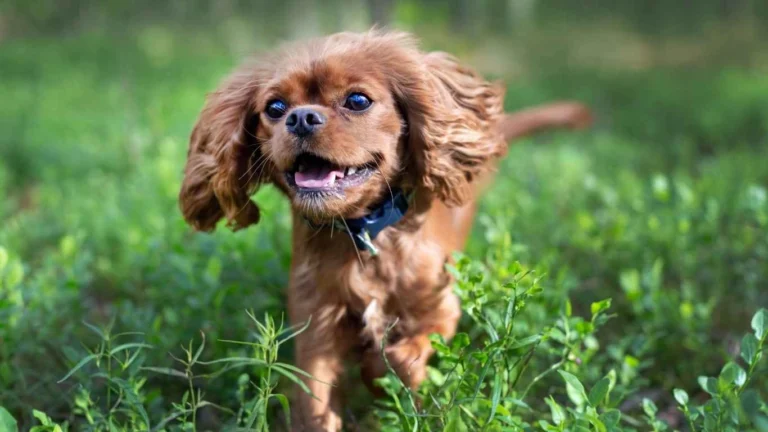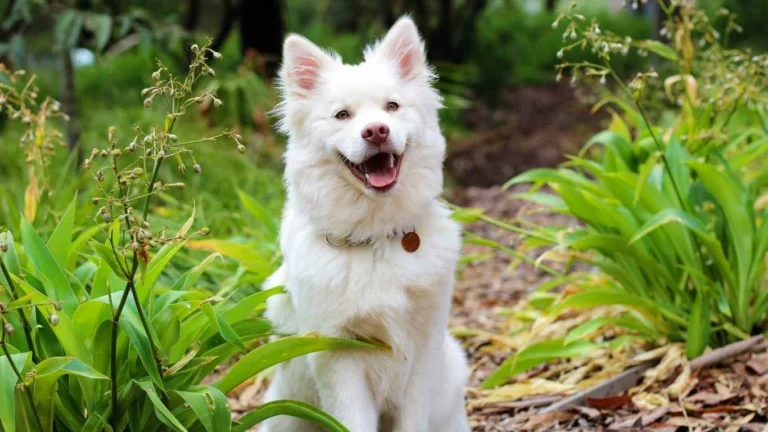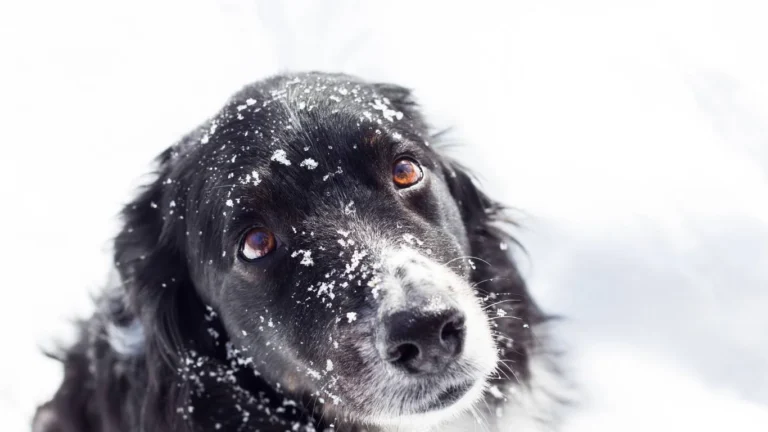Fix Fishy Dog Breath Fast: What to Do When Your Pup Smells Off
If you’ve recently caught a whiff of something… well, *off* coming from your dog’s mouth—like a fish market at low tide—you’re not alone. One of the most common questions I get from pet parents is what to do if your dog has fishy breath. And trust me, as someone who works hands-on as a Veterinary Assistant with a focus on pet nutrition, I’ve sniffed out the good, the bad, and the downright stinky. While bad breath in dogs isn’t unusual, a *fishy* odor specifically can signal more than just a case of skipped tooth brushing.
Understanding the Fishy Funk: What’s Going On?

Let’s get real—dog breath is rarely minty-fresh. But when it starts to smell like decaying fish, it’s usually a clue that something more serious is happening under the hood. From my day-to-day experiences in the clinic, there are a few repeat offenders I’ve seen again and again.
1. Anal Gland Issues (Yep, You Read That Right)
This one surprises a lot of pet owners. When a dog’s anal glands are full or infected, the fishy smell can actually travel up to their breath. Gross, right? But it’s a real thing. Dogs lick their behinds for relief, and the bacteria makes its way into their mouth. I’ve had more than a few appointments where the *mouth smell* actually pointed us to a rear-end issue. We’ll express those glands manually in the clinic (never fun for anyone involved), but it can make a world of difference.
2. Dental Disease: The Usual Suspect
I know it sounds boring, but dental health is one of the top reasons dogs end up with funky breath. Plaque and tartar can harbor bacteria that emit that nasty smell. Sometimes it’s as simple as a quick dental cleaning, but in other cases, there might be loose or infected teeth that need addressing.
3. Diet and Poor Digestion
This is where my nutrition nerd side kicks in. What your dog eats has a direct impact on their breath. If you’re feeding a low-quality kibble full of fillers or by-products, you might notice the stink starts soon after meals. I’ve helped countless clients switch their pups to a cleaner, more species-appropriate diet, and the difference in breath (and overall energy) is like night and day. Also, fish-based diets—while great for skin and coat—can sometimes leave a lingering smell if digestion is off.
How to Identify the Source
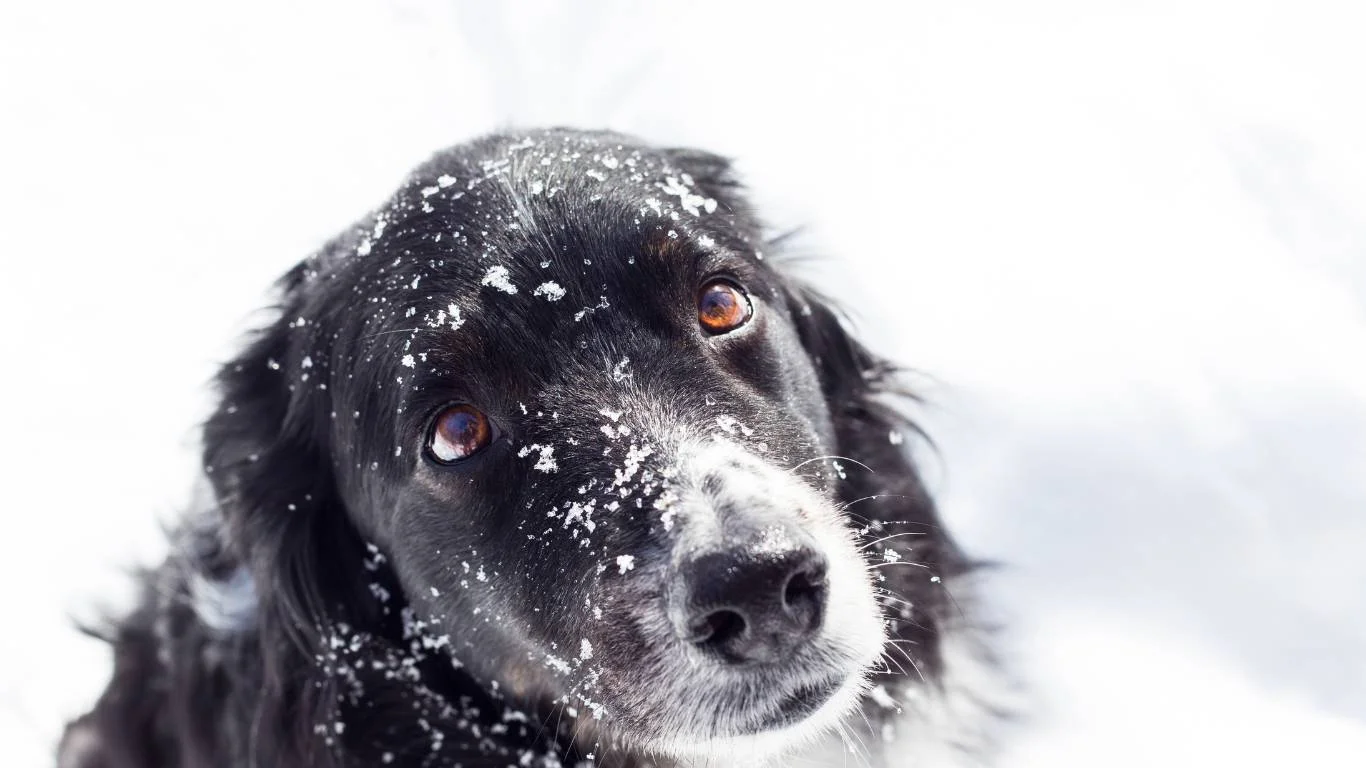
Before jumping into solutions, it helps to pin down the root cause. When a client comes in worried about fishy breath, I usually walk them through a few simple steps to figure out what’s going on:
- Check the rear: Is your dog licking their butt more than usual? Scooting? Those are classic signs of anal gland issues.
- Peek at the teeth: Lift the lip and look at those chompers. Red gums, brown buildup, or missing teeth? That’s a problem.
- Smell before and after meals: If the breath gets worse post-dinner, it might be digestion-related.
- Keep a food log: I always recommend tracking what your dog eats for a week. Treats count too! You’d be surprised how often a “healthy” snack turns out to be the culprit.
When to See a Vet (Please Don’t Wait Too Long!)
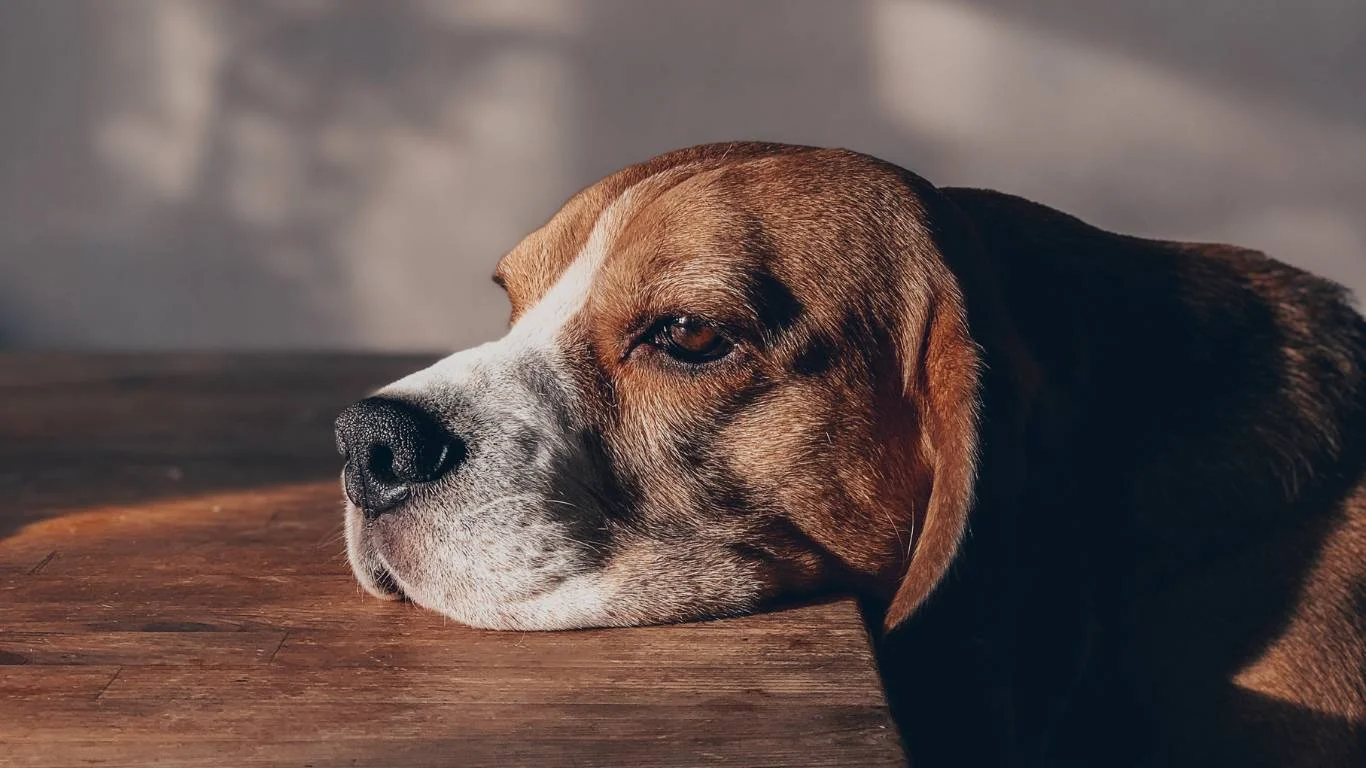
I get it—vet visits can be stressful (and sometimes pricey), but letting things slide can cost even more in the long run. If your dog’s breath smells like a rotten seafood buffet and it’s not clearing up after brushing or dietary changes, it’s time to book that appointment.
Red flags that need professional help:
- Fishy breath that lasts more than a few days
- Excessive licking, scooting, or butt dragging
- Visible pain when chewing or eating
- Bleeding or pus in the mouth
From my experience in the exam room, most of these cases are manageable once diagnosed. Whether it’s a dental cleaning, gland expression, or a food switch, your vet can tailor a treatment plan that actually works—and your nose will thank you.
Simple At-Home Remedies to Freshen Up That Fishy Breath

Alright, so now that you’ve got a good idea of what to do if your dog has fishy breath and maybe even pinpointed the culprit, let’s talk about what you can do at home to help. I always tell my clients that consistency is key—don’t expect miracles overnight, but stick with a routine and you’ll be surprised how much better your pup’s breath (and overall health) can get.
1. Get Serious About Brushing
Okay, I know brushing your dog’s teeth sounds about as fun as giving a cat a bath, but it’s honestly one of the most powerful things you can do. I usually recommend starting with just letting them lick the dog-safe toothpaste off the brush. Then, once they’re cool with that, start with quick brush strokes on the side teeth. In the clinic, we’ve seen dogs go from breath-of-doom to totally tolerable in just a few weeks of regular brushing.
- Use a dog-specific toothbrush or finger brush
- Always use enzymatic toothpaste made for dogs—never human toothpaste
- Try brushing at the same time each day to make it a routine (before their walk usually works best!)
2. Add Natural Breath Fresheners to Their Diet
This is where my nutrition background really comes in handy. There are actually some simple, natural additions that can make a big difference. I’ve had pet parents come back raving about how much better their dog’s mouth smells after adding a few of these:
- Parsley: Just a pinch chopped up and mixed into their food—loaded with chlorophyll and great for digestion too
- Coconut oil: A little spoonful a few times a week helps fight bacteria and supports healthy gums
- Probiotics: These support gut health, which can indirectly affect breath
Bonus: these also help with coat shine and immune support, so it’s a win-win.
3. Chews and Toys That Actually Help
Not all dental chews are created equal. I always steer pet parents toward VOHC-approved products (Veterinary Oral Health Council). These are the real deal—not just treats with a fancy label. Look for chews that have a bit of crunch or texture to help scrape plaque off teeth.
And those rubbery toys? Gold. I’ve seen dogs who hate brushing but go to town on a dental toy every night—and yes, their breath improved. Just make sure to choose the right size for your dog’s breed and chewing style.
Nutrition Tweaks That Make a Difference

Here’s the truth: even the best chew toy won’t fix bad breath if your dog’s food is causing the problem. I’ve worked with pet parents who’ve tried every minty product on the market, only to realize the culprit was in the bowl all along.
1. Evaluate the Protein Source
If your dog is on a fish-based diet (common for allergies or skin issues), and their breath stinks like low tide, it might be time to switch it up. I’ve seen fish formulas work great for some dogs, but for others, especially if their digestion isn’t great, the breath issue becomes a full-time problem.
Try rotating to another novel protein like duck or venison and see if that helps. Just remember to transition slowly—mix in the new food gradually over about a week to avoid tummy trouble.
2. Ditch the Fillers
Cheap kibble with corn, wheat, and by-products can throw off your dog’s gut flora, leading to smelly breath and other health problems. I always recommend grain-free or limited-ingredient diets with real, named meat as the first ingredient. It’s worth investing a little more for better long-term health—and fewer vet bills.
3. Add Digestive Support
Some dogs just need a little extra help in the digestion department. In the clinic, I’ve recommended digestive enzymes or goat milk (yes, seriously) to help balance the gut and reduce that internal stink. Gut issues don’t always show up as poop problems—sometimes it’s the breath that gives it away first.
Daily Habits That Keep the Stink Away
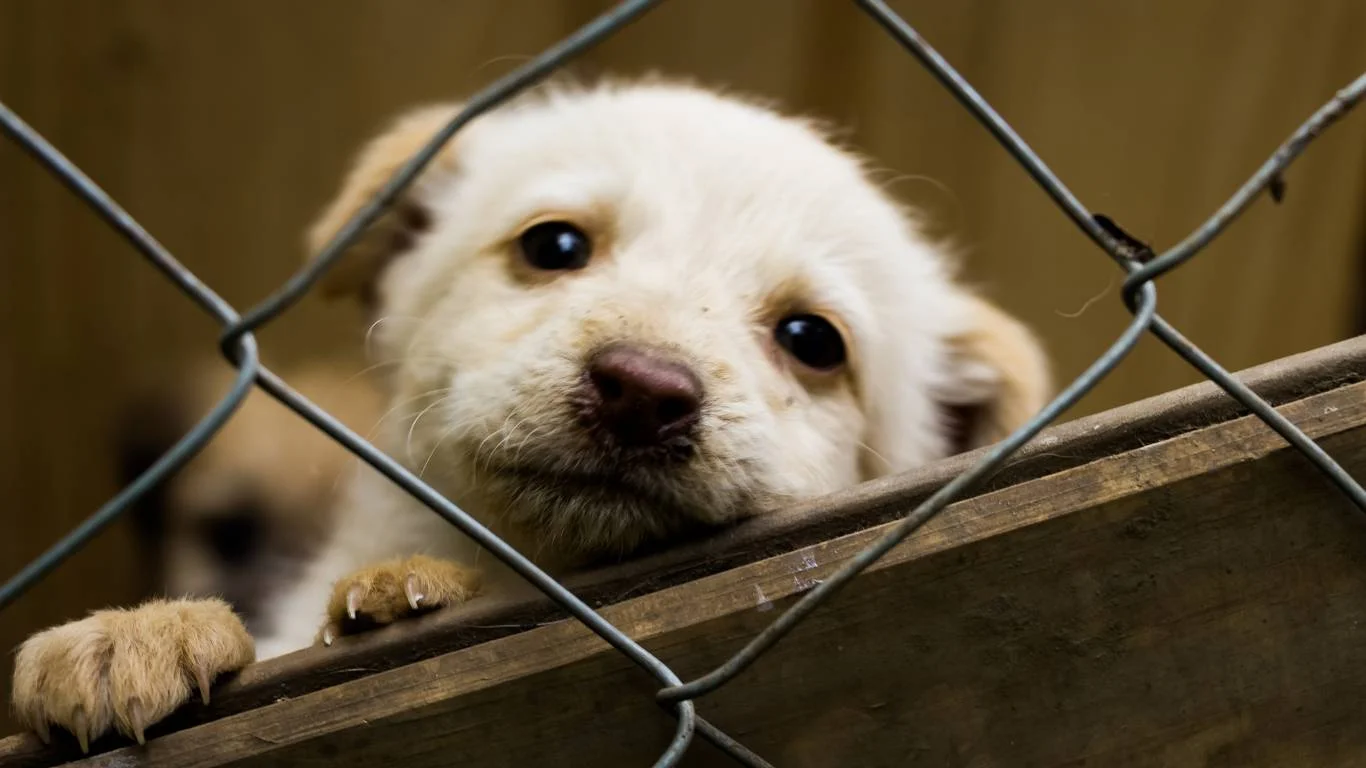
Let’s wrap this part up with some easy daily habits that I share with every client who asks me what to do if your dog has fishy breath. These aren’t complicated, but they work—especially when you make them part of your dog’s regular care routine.
- Brush 3-4 times a week: Even a few times makes a huge impact.
- Wipe their mouth after meals: Yep, just like a toddler. It reduces bacteria and food residue.
- Offer fresh water daily: And wash the bowl! Biofilm builds up fast and contributes to bad breath.
- Rotate chew toys: Keep it interesting so they actually use them.
- Keep a regular vet schedule: Preventative care goes a long way.
I’ve seen so many dogs go from *mouth-breathing monsters* to totally tolerable cuddle buddies just by implementing these small tweaks. And hey, your pup deserves fresh breath just as much as you do!
When It’s More Than Just Bad Breath
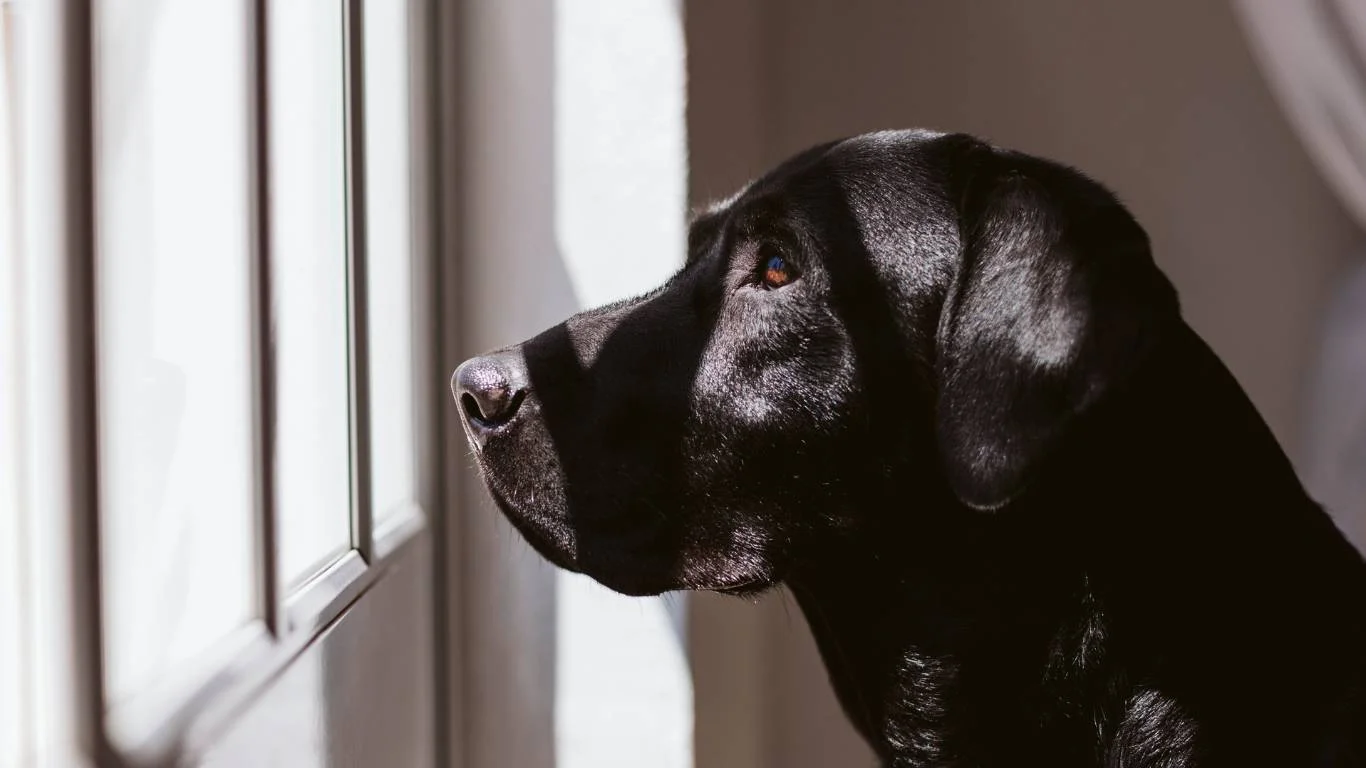
So, we’ve talked a lot about how to manage and prevent that gnarly mouth odor, but sometimes, what to do if your dog has fishy breath goes beyond chew toys and parsley sprinkles. In my years as a vet assistant, I’ve seen cases where that persistent fishy stench was actually a symptom of something more serious brewing under the surface.
1. Kidney or Liver Problems
If the breath smells not just fishy, but also metallic or like ammonia, we might be looking at kidney issues. Liver disease can also show up with strange-smelling breath, often paired with symptoms like vomiting, lethargy, or a yellowish tinge in the eyes or gums. These aren’t everyday issues, but I’ve caught them in early stages thanks to a sharp-nosed pet parent who didn’t ignore that weird odor.
2. Diabetes and Sweet/Fishy Breath Combo
Dogs with undiagnosed diabetes can sometimes have a mix of sweet and fishy breath, especially if they’re entering a dangerous state called ketoacidosis. It’s rare, but I’ve seen it in clinic and it’s not something you want to wait on. If your dog’s breath smells fruity, they’re drinking tons of water, and losing weight despite eating, get to your vet. Fast.
3. Oral Tumors or Infections
One of the toughest conversations I’ve had with pet parents involved a pup with chronic stinky breath that turned out to be an oral tumor. These are often missed in the early stages because the dog’s still eating and acting normal. Regular oral checks and vet visits can help spot abnormalities early. If you ever notice lumps in the mouth, bleeding, or foul breath that doesn’t respond to any treatment, ask your vet to take a closer look.
Working With Your Vet: Creating a Breath-Friendly Plan
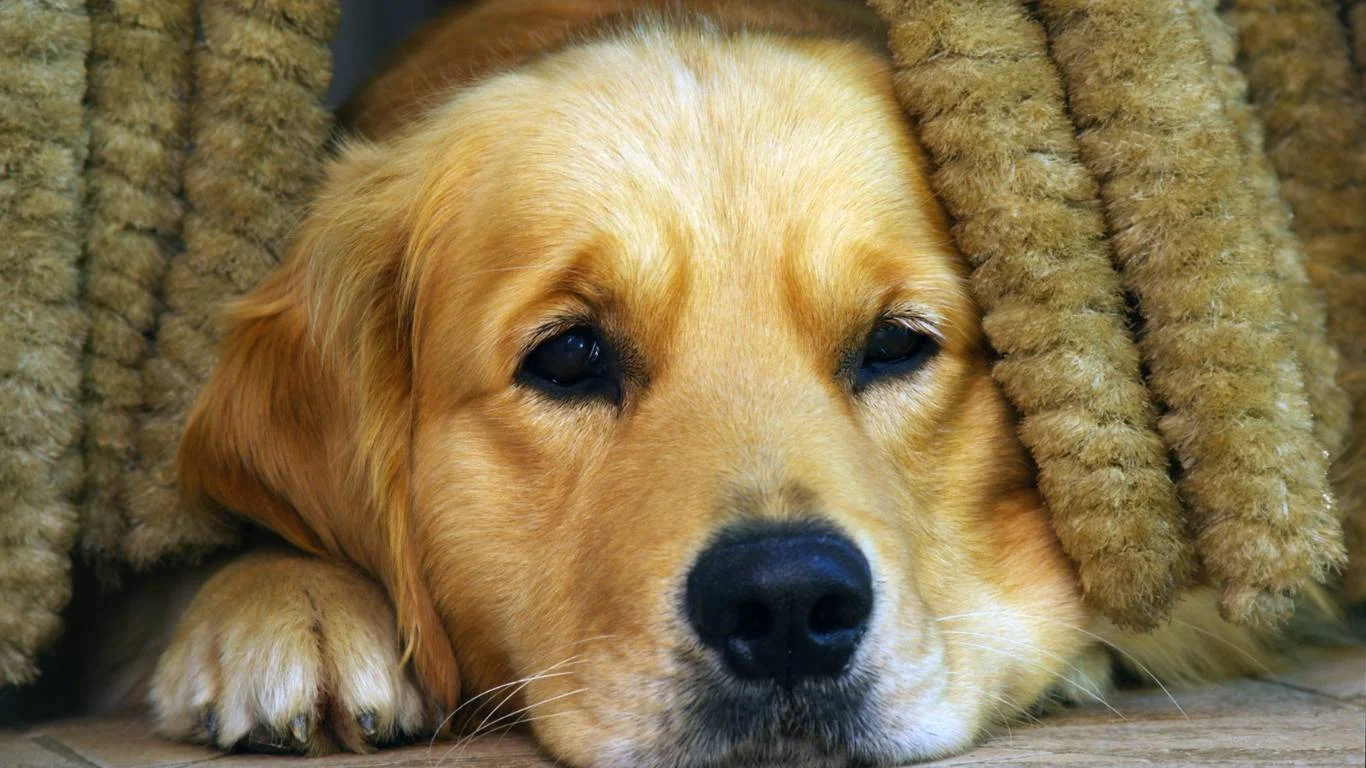
One thing I’ve learned in the clinic: the best results always happen when we approach stinky breath like a team sport. You, your pup, and your vet all play a role. If you’re not sure where to start, here’s how I guide my clients through building a plan:
- Start with a full checkup: This includes blood work, a dental exam, and anal gland evaluation. We need the full picture before guessing.
- Set dental goals: Maybe it’s a full cleaning under anesthesia, or maybe just starting brushing at home. Wherever you are, set small steps.
- Revisit nutrition: Your vet or a veterinary nutritionist can help tweak your dog’s diet if it seems connected to digestive issues.
- Follow up: One visit won’t fix everything. A quick recheck in 4–6 weeks keeps progress on track and allows adjustments.
Remember, not every fishy breath issue has a one-size-fits-all solution. But most of them? Totally manageable with the right support and a bit of patience.
Prevention Is the Real MVP
If there’s one message I hope you take away from this whole deep dive into dog breath drama, it’s this: preventing problems is a lot easier (and cheaper) than fixing them. Trust me, I’ve helped clean up some dental disasters that could’ve been avoided with just a few minutes of attention each week.
Here’s my personal prevention checklist I use with my own dog and recommend to clients:
- Daily brushing or at least 3x a week
- VOHC-approved dental chews
- Healthy, balanced diet with minimal fillers
- Routine vet exams and dental cleanings as needed
- Probiotics or digestive enzymes for gut health
- Keep a log if you notice changes in breath or behavior
I always say: if you wouldn’t let a friend get that close to your face with breath like that, don’t let your dog suffer through it either. Their bad breath is a message—and it’s our job to listen (even if it’s stinky).
References
- https://www.avdc.org/ – American Veterinary Dental College
- https://www.gastro.org/ – American Gastroenterological Association
- https://www.vet.cornell.edu/ – Cornell University College of Veterinary Medicine
- https://www.aspca.org/ – American Society for the Prevention of Cruelty to Animals
Disclaimer
This article is based on personal experience as a veterinary assistant and is intended for educational purposes only. It is not a substitute for professional veterinary advice, diagnosis, or treatment. Always consult your veterinarian with any questions you may have regarding your pet’s health or a medical condition.
